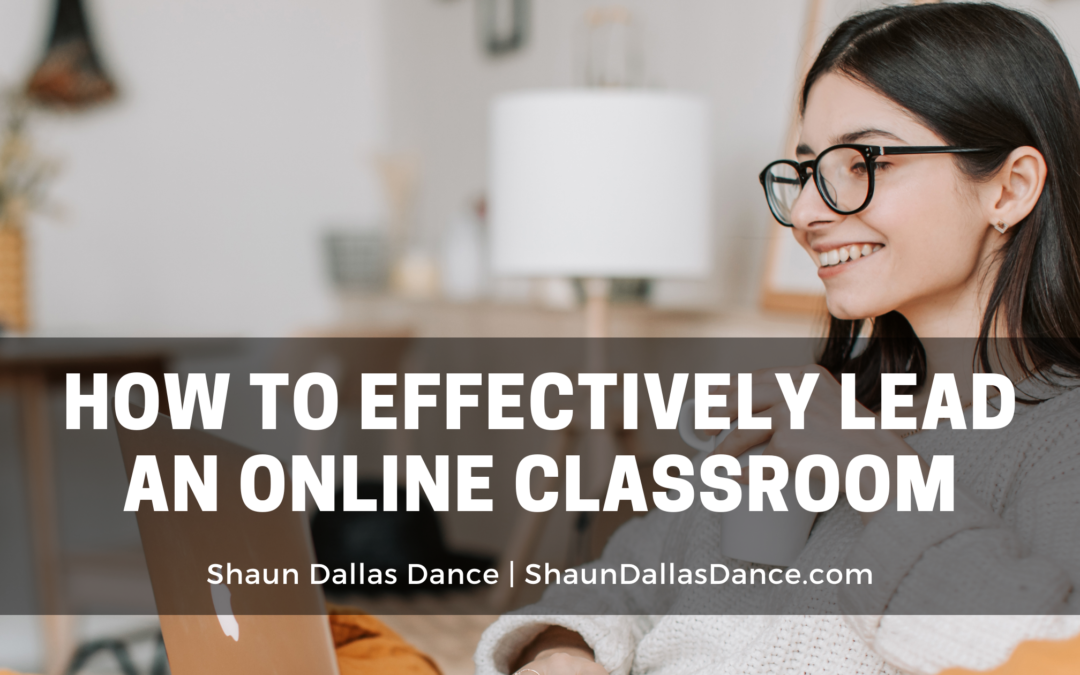Every teacher in America has been on the front lines this year. The first triumph came after restructuring their entire teaching model without warning. The following, and continuous, battles have been keeping their students engaged and ready for online learning.
Teaching a face to face (f2f) classroom is the educational equivalent of brick and mortar shopping experience. There are visual and verbal cues that are easier to pick up because people are in another person’s presence. A retail worker can customize their approach based on their customer’s signals. Similarly, in cases where a student struggles to pay attention in a classroom or gets fidgety, a teacher can help the student before the problem escalates into a more significant issue, such as hurting the student’s grades.
A virtual classroom can still provide the same benefits that students enjoyed in a face-to-face setting, such as debates, role play, group projects, and live discussions. The teacher is the secret ingredient that holds everything together. Much like in person, the students will follow their teacher’s lead if they see a positive attitude and lots of excitement. Psychological studies have shown If people bring a positive outlook to work, their productivity rises.
As a teacher, you walk a fine line between making sure your entire class succeeds and helping those who struggle. Some online tips for effectively leading an online lesson include not being the only speaker. This is true for adults as well. If the style of communication is interactive, the audience is more likely to stay engaged. Ask questions, and encourage participation whenever possible. No matter what the students say, praise them for being brave and coming forward. Sometimes that is all the other students need to feel relaxed enough to participate.
Keep engagement going by encouraging out of the box activities. Some students might be open to an optional show and tell featuring their pets or something they are proud of. Sometimes it helps to poll the class about the next assignment. This validates their opinions and makes them more inclined to get involved. If they choose the content, you can still teach your lesson, and they will show interest because they had a say in the decision-making.

